Lush green bus stops, vertical farms in high rises, “cool” roofs combined with terraced gardens, grassy flowering sidewalks, and water squares. No, we are not in any forest, in fact, we are still in the city. It may come as a surprise that many cities are having a change of heart in the way they function today. And that’s in no small part due to the dozens of billion-dollar climate disasters the world is seeing year-on-year.
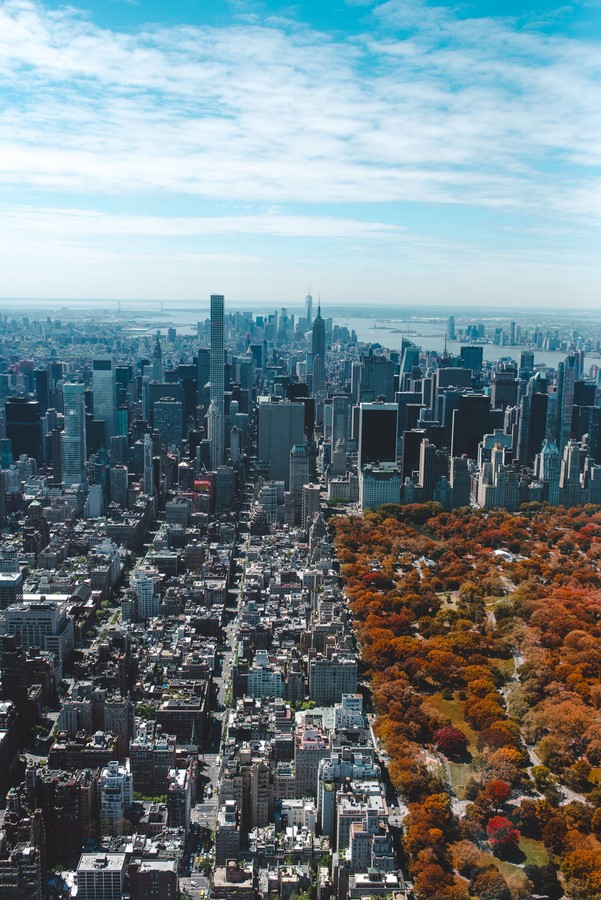
Take 2023 alone. From catastrophic floods that swept entire neighbourhoods overnight into the sea in Libya and wildfires that destroyed historic towns in Hawaii to ice storms in Texas and much more, these events have increasingly been serving as a rude wake-up call for many world governments. In these times, it is no wonder that many countries are going back to Mother Nature in a bid to future-proof their very existence against natural calamity.
What cities need to do
Cities take a lot of time to get back on their feet when disaster strikes. The cost of rebuilding infrastructure destroyed in such events is more than most can bear. The corresponding impact on human living is equally disastrous. The imperative question is how can we better prepare our cities to withstand man-made or natural shocks. The answer is obvious: cities that can recover quickly as well as prepare for future unpredictability. In other words, building resilient cities.
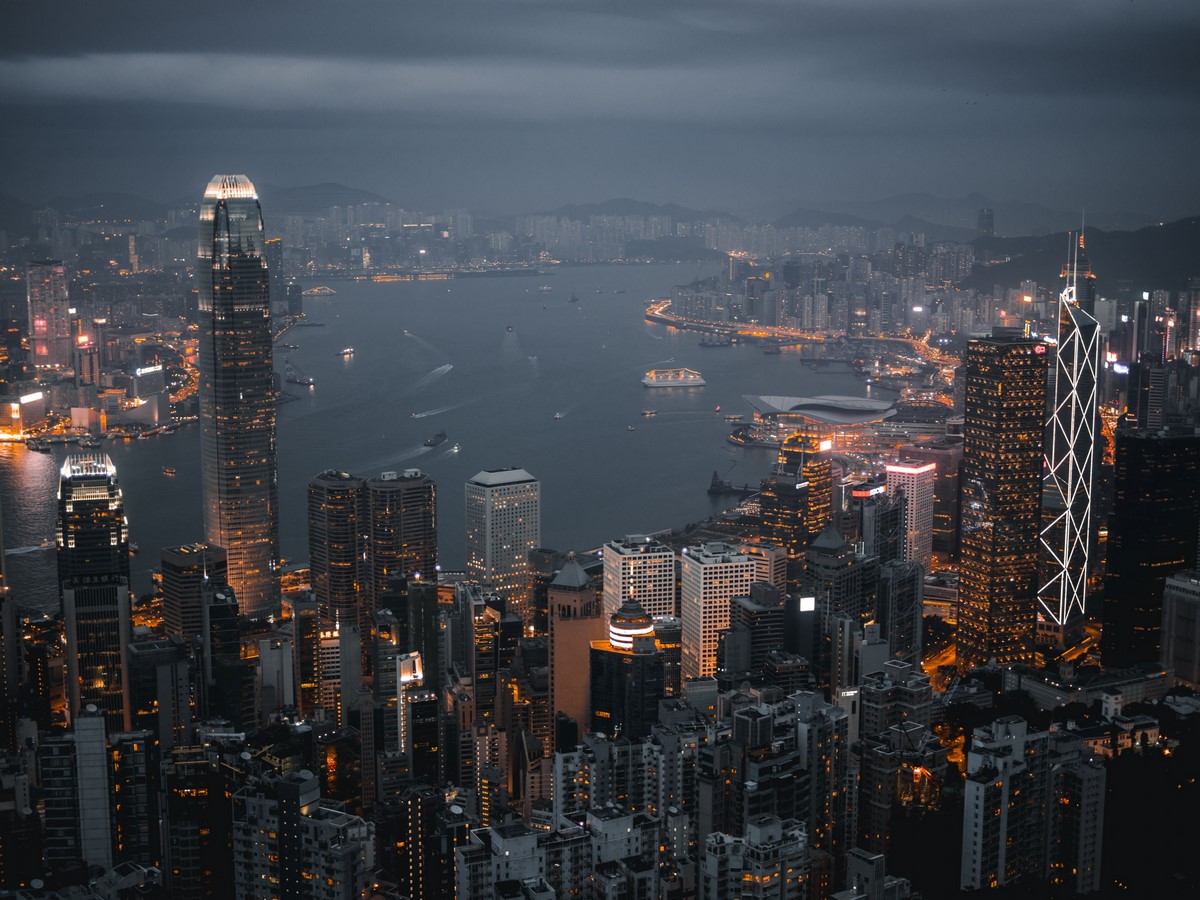
Natural disasters, in particular, must be met with an understanding of the origin of disturbance. With the evolution of cities, many man-made factors are contributing to the problem: misuse of land, lack of conservation of natural resources like water and soil, the alarming infiltration of harmful chemicals into the ground etc. ‘Clean-ups’ are not a long-term solution. This is why many countries today are trying to mitigate the effects of these disasters through green infrastructure.
What is Green Infrastructure?
Green Infrastructure (GI) is a system of natural and artificial green zones that works with nature to help resolve climatic and urban challenges. It deals with better management of stormwater runoff, climate adaptations, lowering heat temperature, improving air quality, preserving biodiversity, reducing food scarcity, using sustainable energy, and improving the overall quality of life. There are markers that help determine what resilience looks like in an urban context and this helps countries evaluate where they stand on such a scale. GI has played an important role in the past and is ever more important today as it uses a nature-based approach rather than conventional development planning in building resilient cities.
Having GI as a basis for planning town projects and other development schemes will help in strengthening resilience and urban sustainability. In order to do this, certain steps need to be undertaken such as determining the existing conditions of the land, understanding how climate varies, and identifying to what extent the land is able to withstand weather conditions. After this, it is important to involve the community or locals in implementing adaptive strategies, as every city or state has different climatic conditions and will require different evidence-based data to help make decisions.
How can GI pave the way for building resilient cities?
When a proper functioning structure is in place, government bodies are able to slowly implement nature-based strategies that show results soon. Here are some such strategies adopted by countries:
Vertical farming
Due to the lack of land in cities, vertical farming is becoming more and more acceptable for food production. Investing in hydroponic food production not only helps to create jobs but also helps to lower production costs by reducing transportation and using fewer resources than would be needed for a conventional farm. Companies like FarmedHere, which is a 90,000 sq. ft facility, have made vertical farming a reality in Chicago by using energy-saving LED lights to grow food. Using just one-tenth of the water with 85 percent less energy, this facility is able to harvest up to 26 times a year, removing even the need for pesticides.
Having such facilities will help in reducing food scarcity, especially in crisis situations like the pandemic, thereby creating a supply that is reliable and accessible and also helps in building resilient cities.
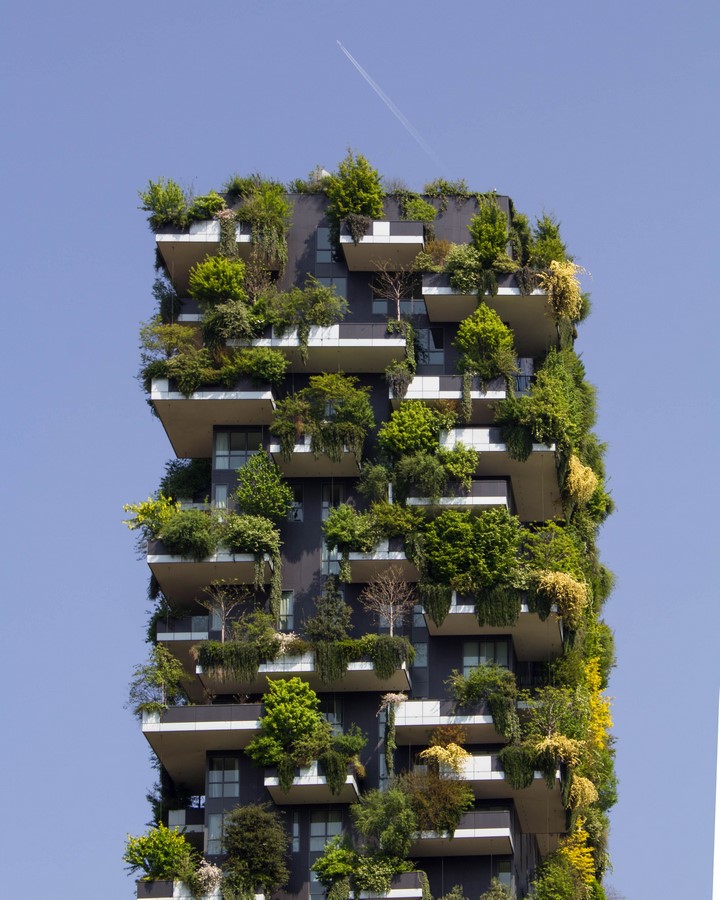
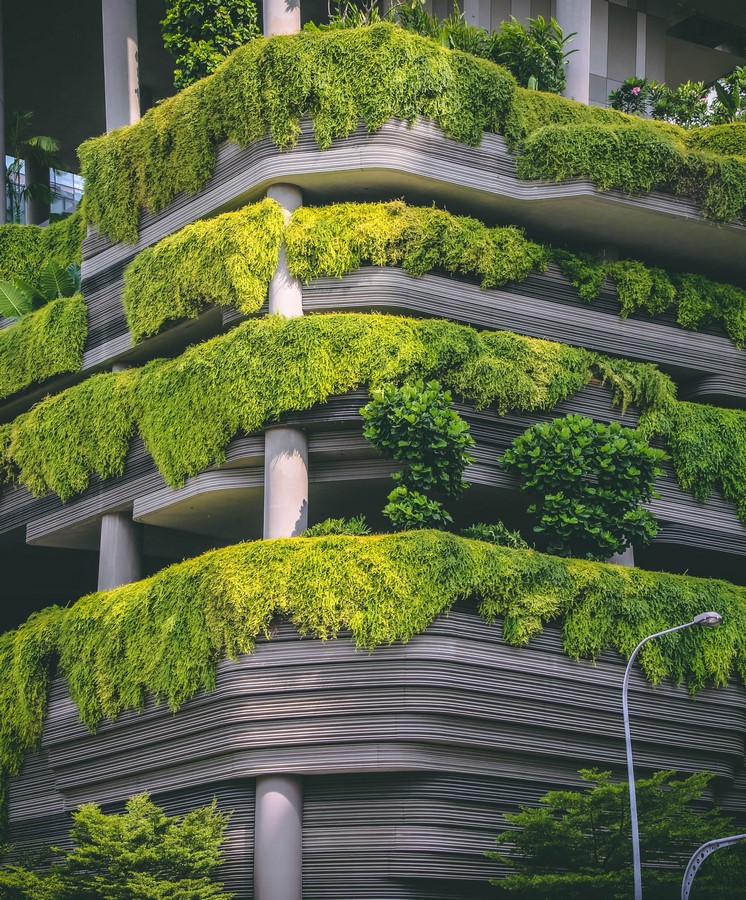
Sponge city
Using existing or new public spaces as a means to filter stormwater is an innovative design intervention. It uses an existing green infrastructure such as the city parks as a natural hiding tank to retain the city’s stormwater and help prevent sewer overflow. At the same time, it is a natural landscape that showcases biodiversity within dense urban contexts. Sanya Dong’an Wetland Park in Hainan Province, China is one such example where the designer Kongjian Yu’s sponge city concept is proving to be an effective strategy to reduce the impact of heavy rainfall. Yu has also integrated elevated platforms and walking paths for visitors to access and view this recreated wetland, which serves both a functional and aesthetic purpose.
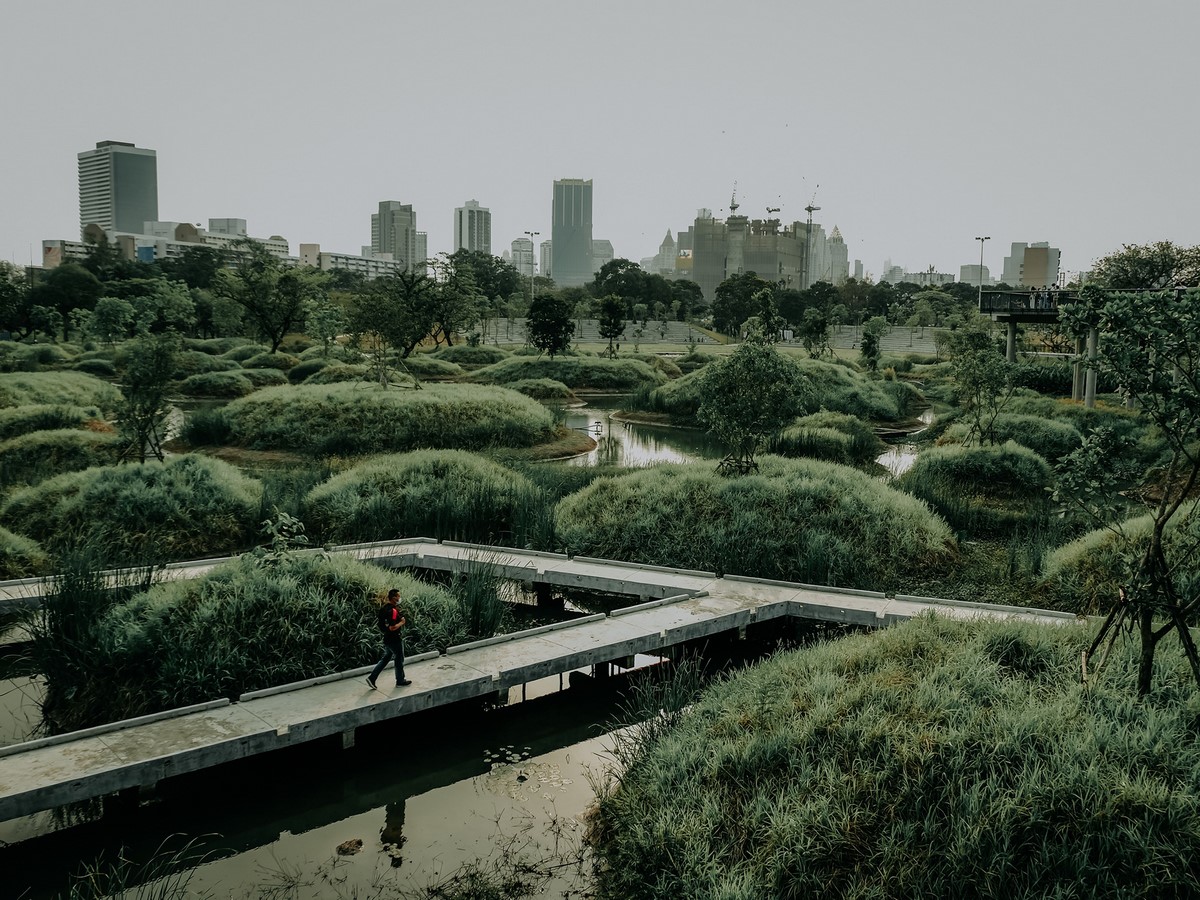
Water squares
Another popular green infrastructure is a multipurpose public square that is flexible for use as a water basin during heavy rains or as a community space during summer. A perfect example is the Rotterdam‘s first full-scale water square in Benthemplein, Netherlands. Using a climate adaptive strategy, the users of this space — through a series of workshops — created a water square that combined leisure and stormwater storage. This green infrastructure can hold 1,700m3 of rainwater, allowing the city to manage excess water during heavy rainfall.
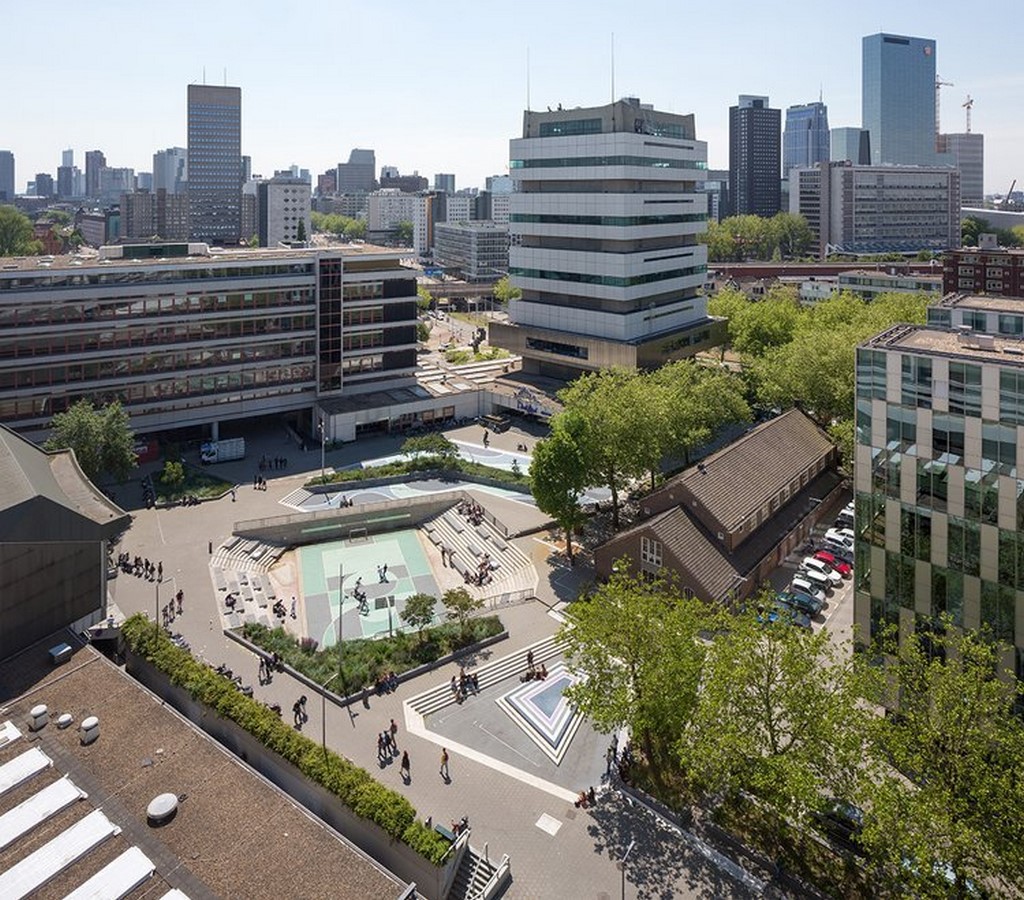
Cool roofs
In times of intense heat and rising temperatures, the use of eco-friendly materials in building roofs goes a long way to ease discomfort, especially for those who are in more vulnerable groups such as slum dwellers. Coconut husks and lime paint help to deflect the sun, bringing the indoor temperature down by 3-9°F.
Another positive initiative to prepare one for extreme heat is the Ahmedabad Heat Action Plan set up in 2013 to warn the population of heat-related illnesses.
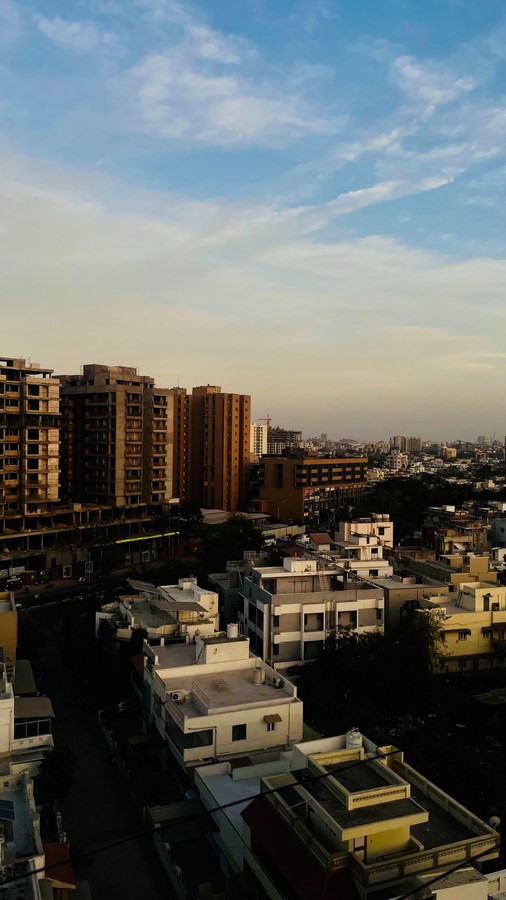
Solar energy
A popular green infrastructure strategy, the use of solar panels is becoming a widely acceptable approach to conserving and using energy. The Cochin Airport in Kerala is the first airport in the world that completely operates on solar power. In complying with its sustainable philosophy, Cochin Airport utilizes over 46,150 solar panels spread across 45 acres of land, making power available for the airport’s operational functions. Not only has this approach helped in greater energy efficiency, but it has also brought down its C02 emissions drastically. On a smaller scale, green and solar power roofs are used in many residential units in Kerala to harness and use this form of energy for daily needs.

The climate crisis is real and countries must prepare for future shocks. Planning and implementing smart green infrastructure strategies in urban development projects will go a long way to creating long-term solutions. They will keep cities ready for natural disasters and also prepare communities for food and water shortages. Climate control tool kits need to be used for each city to assess and understand their individual climate-related challenges and requirements. The aim is to not only prepare for any unforeseen circumstances but also to absorb any future shocks, making cities both resilient and climate-proof.
Citations for websites
Pamukcu-Albers, P. et al. (2021) Building Green Infrastructure to enhance urban resilience to climate change and pandemics – landscape ecology, SpringerLink. Available at: https://link.springer.com/article/10.1007/s10980-021-01212-y (Accessed: 26 October 2023).
Khanyi Mlaba and Fadeke Banjo (2023) Shocking photos of extreme weather around the world in 2023 so far, Global Citizen. Available at: https://www.globalcitizen.org/en/content/photos-extreme-weather-events-2023-climate-change/ (Accessed: 27 October 2023).
22, Dr.H.V. and Venema, Dr.H. (2017) Eight ways cities are building climate resilience, International Institute for Sustainable Development. Available at: https://www.iisd.org/articles/building-a-climate-resilient-city (Accessed: 28 October 2023).
Watersquare Benthemplein, Rotterdam (no date) DE URBANISTEN. Available at: https://www.urbanisten.nl/work/benthemplein (Accessed: 28 October 2023).
Yarlagadda, T. (n.d.). These 5 resilient cities can teach us how to survive the climate crisis. [online] Inverse. Available at: https://www.inverse.com/science/five-climate-crisis-resilient-cities.
Development Asia. (n.d.). Nature-Based Solutions for Building Resilient Cities. [online] Available at: https://development.asia/summary/nature-based-solutions-building-resilient-cities [Accessed 29 Oct. 2023].



















